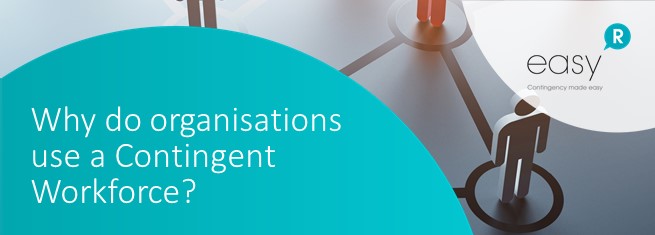It’s widely acknowledged that the gig economy is expanding. The labour market is becoming more and more characterised by a prevalence of short-term contracts as opposed to permanent jobs.
So why are our top organisations hiring an increasing number of contractors?
“The workplace is constantly changing”, and it is all the more relevant in today’s age and time.
Nowadays, the younger workforce cohort lean towards a more flexible working environment alongside a rapid growth up the corporate ladder. In fact, a 2019 survey by International Workplace Group showed that 83% of employees across the globe prefer jobs that offer work flexibility over those that do not.
This transference pushes companies to redefine their corporate culture, reform hiring strategies, and make room for a work arrangement inclusive of contingent workforce.
But what exactly is a contingent workforce, and where does it stand in the “new world of work”? Read on to find out everything you didn’t know about this workforce.
What is a contingent workforce?
A contingent workforce is a labour pool of specialists hired on an on-demand basis for a fixed period of time. There are various types of contingent workers, such as independent contractors, freelancers, independent consultants, part-timers, as well as workers hired on an ad-hoc basis.
Contingent workers enjoy the flexibility and freedom to choose exciting short-term roles that target their specific skills in varying companies that they have passion to work for. Companies that leverage contingent workers typically have a contingent workforce management in place that oversees this workforce.
Growth of the contingent workforce
Freelancers have become so prevalent over the years that Deloitte recognised “managing beyond the enterprise” as one of the biggest human capital trends in 2018.
A case in point here is the tech giant Microsoft, which has two-thirds as many contractors as employees (as per a 2019 Forbes report).
Further, contingent staffing will continue to ascend a sharp growth trajectory in the years to come. A 2019 Mercer report highlighted that 62% of Australian business leaders expect their existing workforce to include more contingent workers in the near future.
Additionally, 75% of this surveyed populace believed that the contingent workforce would demonstrate a significant impact in their industry.
Benefits of engaging contingent workers
There are several advantages of accommodating contingent workers in a company’s human resources, including but not limited to the following:
- Bridges skill gaps in the workforce
- Offers access to fresh and untapped talent
- Extends more flexibility to an organisation
- Superb cost reduction
The growing gig economy has revamped the operations of companies in Australia as well as across the globe. It has a considerable effect on their organisational structure, hiring strategies, employee management and overall performance. It presents a range of opportunities for businesses and employees alike, creating a win-win situation for both.
After all,
“One thing that makes it possible to be an optimist is if you have a contingency plan for when all hell breaks loose.”
– Randy Pausch

